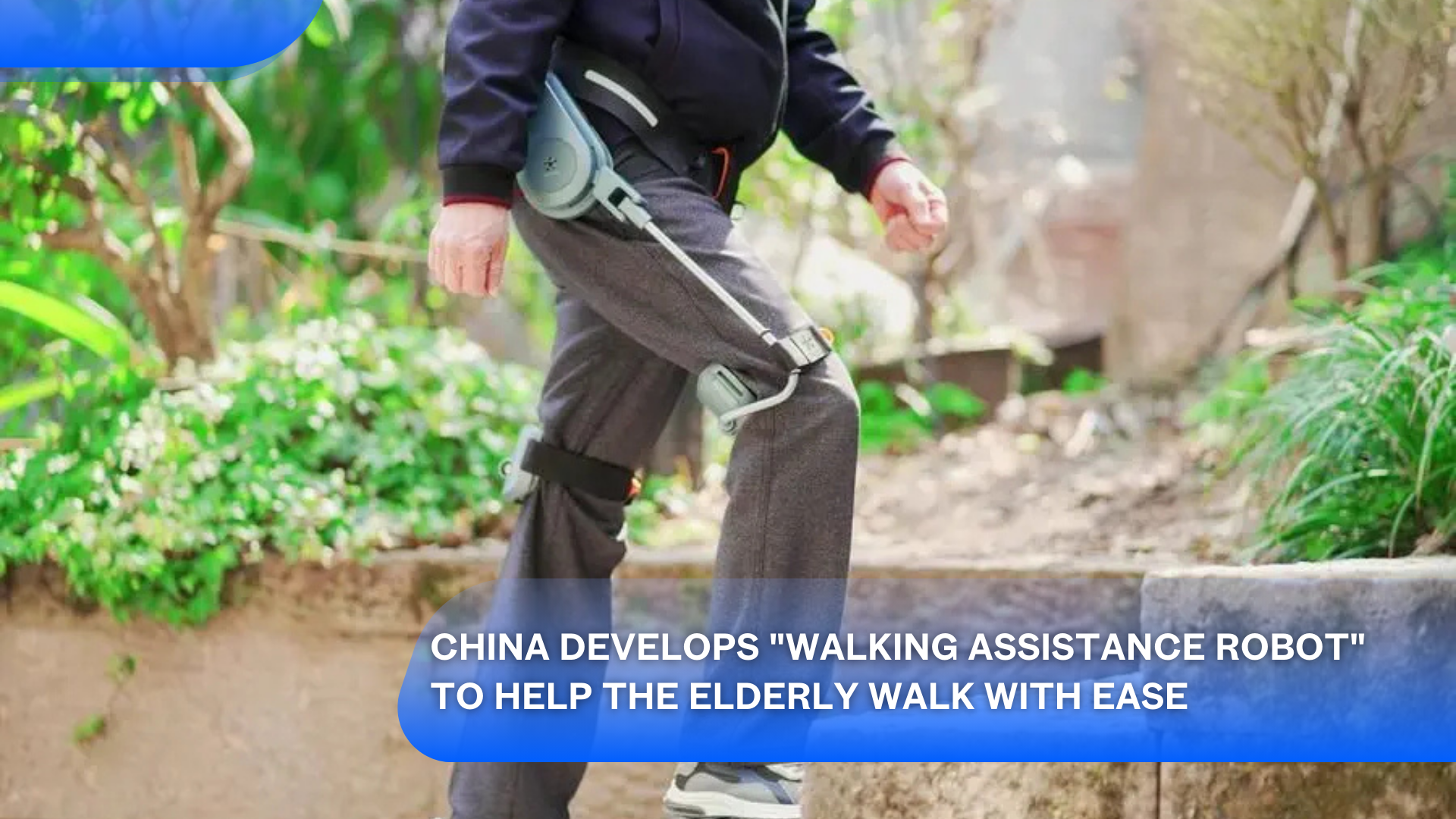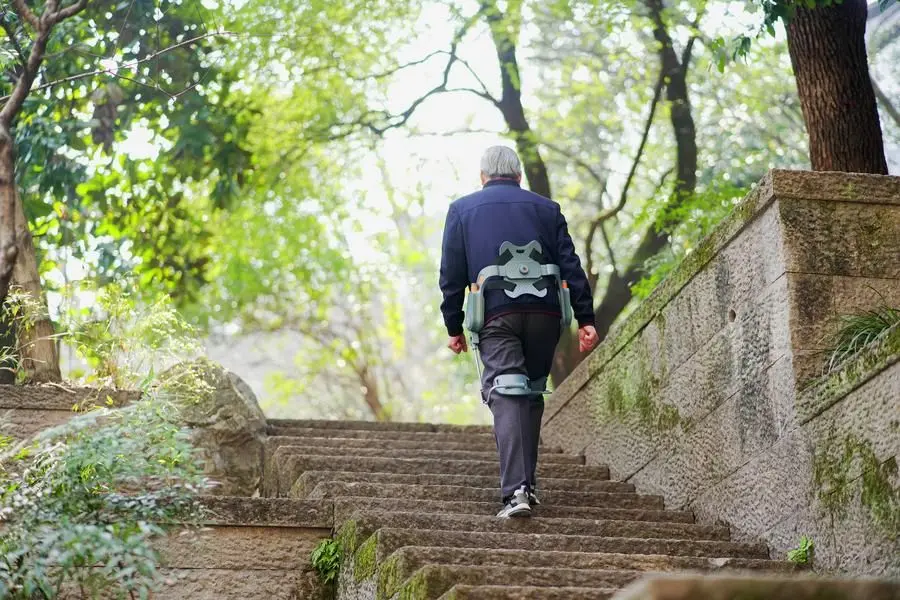
China Develops "Walking Assistance Robot" to Help the Elderly Walk with Ease
Hangzhou – Once a symbol of superhuman capabilities in science fiction, cyborg technology is now revolutionizing elderly care in China. A prime example is a 2-kilogram exoskeleton robot designed by RoboCT, a tech startup in Hangzhou, which helps seniors walk longer distances more easily. The device takes only 20 seconds to put on and does not require a smartphone connection.
Hangzhou – Once a symbol of superhuman capabilities in science fiction, cyborg technology is now revolutionizing elderly care in China. A prime example is a 2-kilogram exoskeleton robot designed by RoboCT, a tech startup in Hangzhou, which helps seniors walk longer distances more easily. The device takes only 20 seconds to put on and does not require a smartphone connection.
RoboCT plans to launch the battery-free walking aid by the end of March, pricing it at 2,000 yuan (approximately 9,300 baht). The inspiration for this innovation came from the mechanics of human tendons and observations by the company’s engineering team, who noticed that many elderly individuals tend to hunch over, take short steps, and use waist belts while living in nursing homes. The device is worn around the hips and above the knees, capturing and storing some of the energy generated by the user's movements and then releasing it to assist with walking.
Yan Hai, RoboCT’s Product Director, told Xinhua News Agency that the device helps flex the hips and stabilize the lumbar spine, allowing seniors to take longer strides, walk faster, and maintain better balance. Even healthy young adults wearing the device experience a 30% improvement in walking efficiency.
Chen Zhiran, Director of the Digital Economy Research Office at Zhejiang’s Institute of Development and Planning, stated that China’s exoskeleton robotics sector is expected to see significant growth in elderly care. This expansion is driven by core technologies such as ergonomic design, motion recognition, and AI-powered learning.
China is facing a growing gap in meeting the mobility needs of its expanding elderly population, placing a heavy burden on rehabilitation therapists. According to recent data, by the end of 2024, China had 310 million people aged 60 and above, accounting for about 22% of the total population.
Many Chinese companies see business opportunities in this demographic shift. The country’s silver economy has become a major growth driver, currently valued at 7 trillion yuan (approximately 32.65 trillion baht). A study by iiMedia Research predicts that China’s silver economy will grow to 30 trillion yuan (approximately 139 trillion baht) by 2035.
Several companies are leveraging emerging technologies like AI and robotics to develop innovative products tailored to the elderly. These firms are continuously learning and adapting their solutions to address real-world challenges faced by senior users, aiming to gain a foothold in the booming silver economy market.


Photo by RoboCT: An elderly person wearing the exoskeleton walking aid climbs stairs in Hangzhou, Zhejiang Province, eastern China, on February 24, 2025.
Source:
WorldViewThaiNews
Articles in this category are written by our editorial team to keep you informed about the latest healthcare and medical tourism news.

